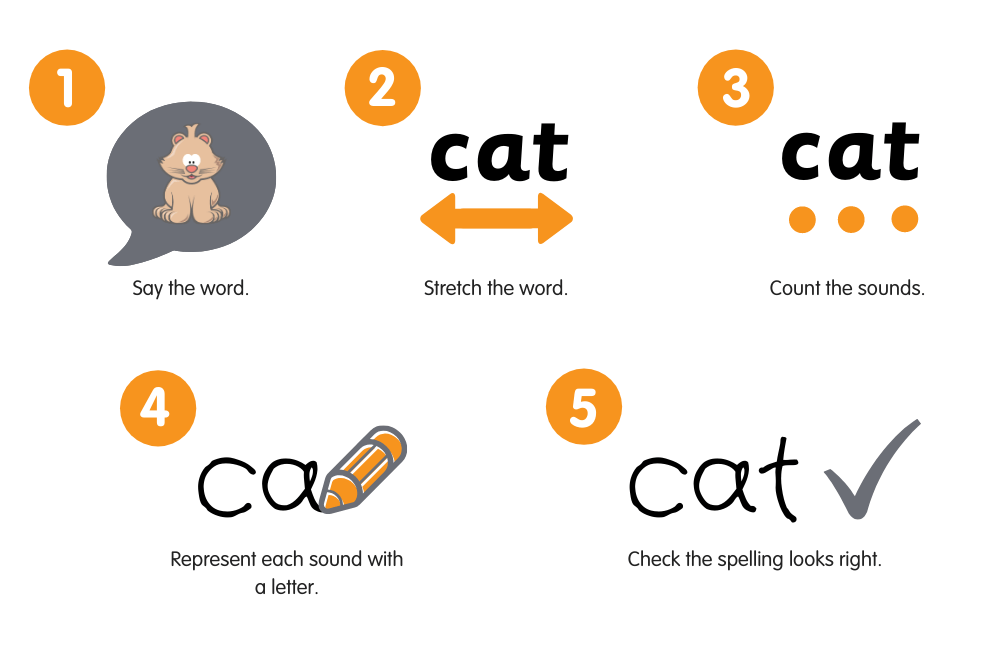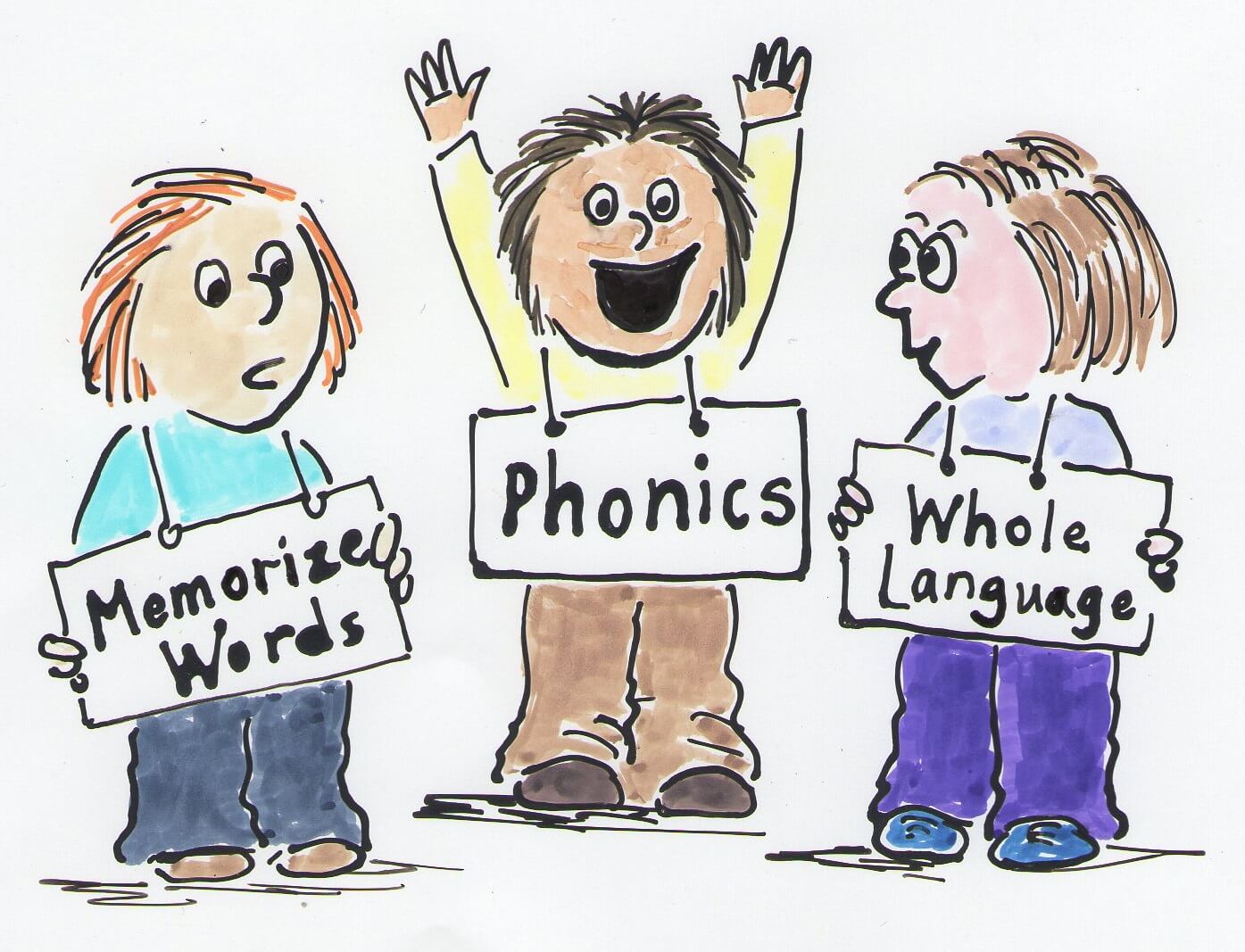The Phonemic Approach of Teaching Literacy: What is it and How Does it Work?
Reading time: 5 minutesIntroduction: What is the Phonemic Approach of Teaching Literacy?

The phonemic approach of teaching literacy is the most widely used method in schools. It provides a systematic way to teach reading and writing by breaking down the sounds in words into their individual phonemes and teaching the sounds in isolation. The phonemic approach is a relatively quick and easy way to teach literacy because it focuses on individual letters, rather than whole words or sentences.Whereas, the systemic approach of teaching literacy brings all learning together in a systematic way and teaches students how words relate to one another by defining them with their synonyms and explaining concepts such as semantic field and word meaning through context. The systematic approach is slower than the phonemic approach because it requires children to read.
This approach has been popularized by Dr. Siegfried Engelmann and Dr. J. Richard Gentry, who are also known as "the fathers of the phonics movement."
How to Teach Children to Read with the Phonemic Approach

The phonemic approach to teaching children to read is a systematic way of teaching children how to decode words by breaking them down into the smallest units of sound.
This approach teaches children that there are 44 sounds that they need to learn and not just 26. With this method, children will be able to read words with unfamiliar spellings, such as "phone" or "wet."
What are the Benefits of Using the Phonemic Approach?

Phonics is a way of teaching reading and writing that focuses on the individual sounds in words.
Phonics is based on the idea that children learn to read by recognizing and memorizing the relationships between speech sounds (phonemes) and letters.
The Benefits of Phonics:
- Helping children develop a better understanding of how language works.
- Improving word recognition skills.
- Developing an understanding of spelling patterns.
- Giving children an early start in learning to read and write, which can lead to increased academic success later in life.
- Developing the ability to learn, comprehend and retain information.
- Developing a love of reading by spending time in a world that is not confined to textbooks.
- Developing a strong ability to critically analyze what they are reading.
Conclusion: Why You Should Use the Phonemic Approach in Your Classroom Today

The phonemic approach is a method of teaching reading and writing in which the word is broken down into its individual sounds, or phonemes. It is based on the idea that children should learn to read by learning the sounds of language.
Phonics has been around for decades now, but it’s still not being used in many classrooms. Why? One reason might be because it’s difficult to teach and requires a lot of time and effort from the teacher. But with the help of technology, this can now be done much more efficiently than ever before.
How does technology help with phonics?
Many educators are finding that using technology to teach phonics makes it easier for them to focus on what they do best: teaching kids about content and creativity.


